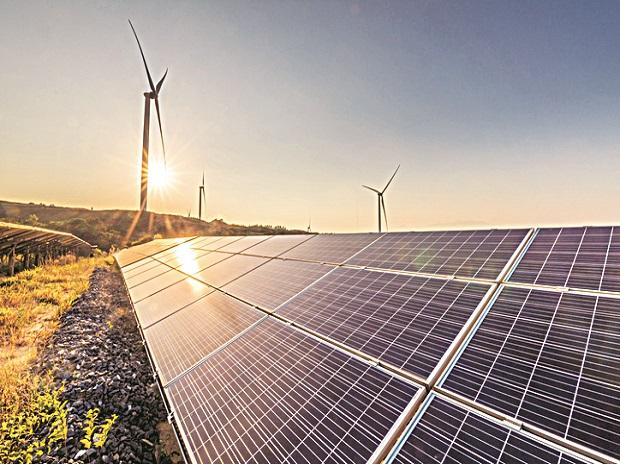The search for silver linings to the pandemic has come up woefully short. But one hopeful prospect is that the disruption will accelerate the shift to a more sustainable energy future.
There is a compelling logic to link Covid-19 and its geopolitical makeover to a change in energy fortunes. Energy and geopolitics have always been intertwined. Before the pandemic, there was a growing body of work looking at how the energy transition, primarily away from fossil fuels and toward renewables, was going to reorder global politics. Less recognised, however, is that the street goes two ways: geopolitics will also shape the energy transition.
The ways in which Covid-19 has restructured the geopolitical landscape are therefore relevant to the future of energy. Unsurprisingly, the most consequential bilateral relationship for the transition is between the two largest economies, the US and China. There’s been much discussion of how Chinese state policy and subsidies can accelerate or slow the shift, but less about how the state of affairs between Washington and Beijing can affect whether and how the world moves to a more sustainable energy mix.
The rapidly deteriorating US-China relationship should be a cause of major concern. This linkage between energy and great power relations was evident well before the pandemic. The trade war between Washington and Beijing took a toll on the economies of both countries, but the impact on China was more significant.
Trade tensions curbed business investment and factory activity in China, helping tamp Chinese economic growth to its lowest rate in nearly 30 years.
This decline in economic growth sent shivers through the Communist Party. It led the government to enact fiscal and monetary policy measures that collectively signalled that Beijing placed on a far higher value on economic growth than on its green transition. Fiscal stimulus provided a boost to infrastructure projects, while investment in renewable energy fell.
In October 2019, Premier Li Keqiang emphasised the importance of coal in China’s energy mix, in what appeared to be a significant departure on the nation’s past efforts to limit it.
The downward spiral of US-China relations is the backdrop against which the energy transition will unfold.
We might think about two broad models for the global shift: a top-down transition and a bottom-up one. Rocky US-Chinese ties, however, create obstacles for both.



